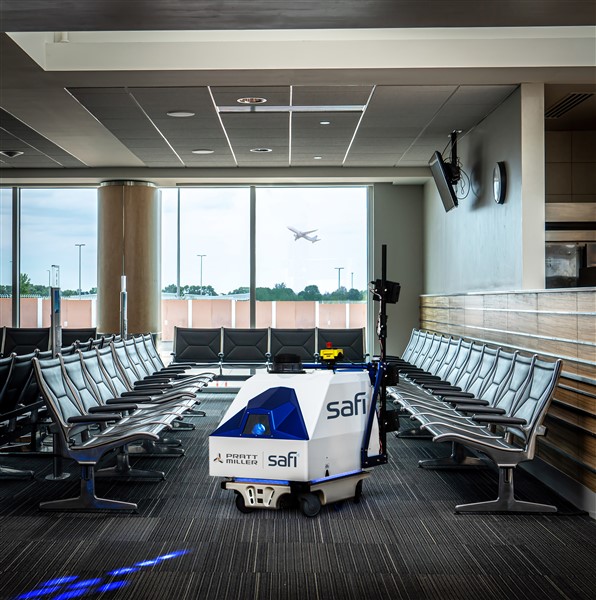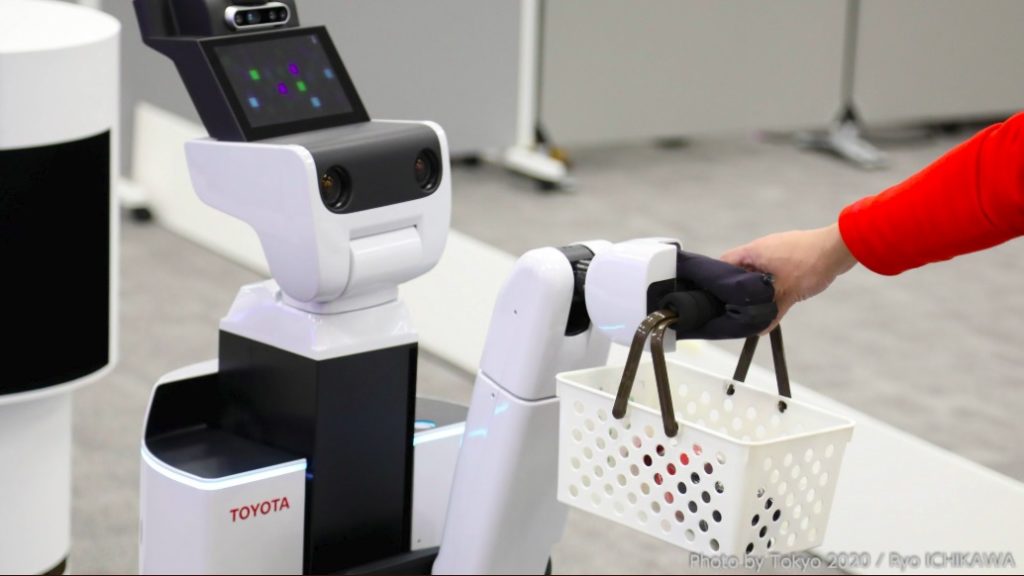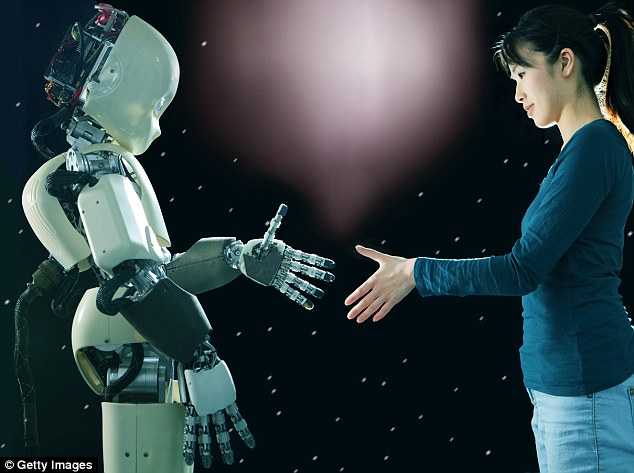There will be 42 million service robots will be used in the United States, with 2.5 million industrial robots destined to disrupt the work place, according to a recent Frost & Sullivan analysis.
I’ve written about this niche use of robots in the past and continue to find recent developments quite fascinating. Based on new artificial intelligence (AI) solutions available, the current generation of service robots rely on computer vision, natural language processing, machine learning, and gesture controls.
“The lack of doctors, caregivers, and primary and secondary teachers is making a strong case for the use of personal robots in the healthcare and education sectors. With more children requiring special attention and the yearly costs of childcare escalating, there will be a huge market for robots with the ability to understand the unique needs of children and play the role of an entertainer, companion, or mentor.”
Vijay Narayanan, Visionary Innovation Senior Research Analyst at Frost & Sullivan
Of course, there is still a lot of work to be done. And the problems engineers are trying to solve aren’t easy – emotion detection, better speech interaction, navigation abilities, and similar functionality. In addition, reports in Japan indicate deployment is hindered by high costs and safety concerns.
However, the rapid advancement of AI has helped create a newer, smarter generation of robots that could be companions in senior care facilities.
CES 2019 has wrapped up, and there were a few different robots shown off in Las Vegas. I have a followup blog scheduled for the next few days, so keep an eye out on that.
[Image courtesy of: Reuters]



